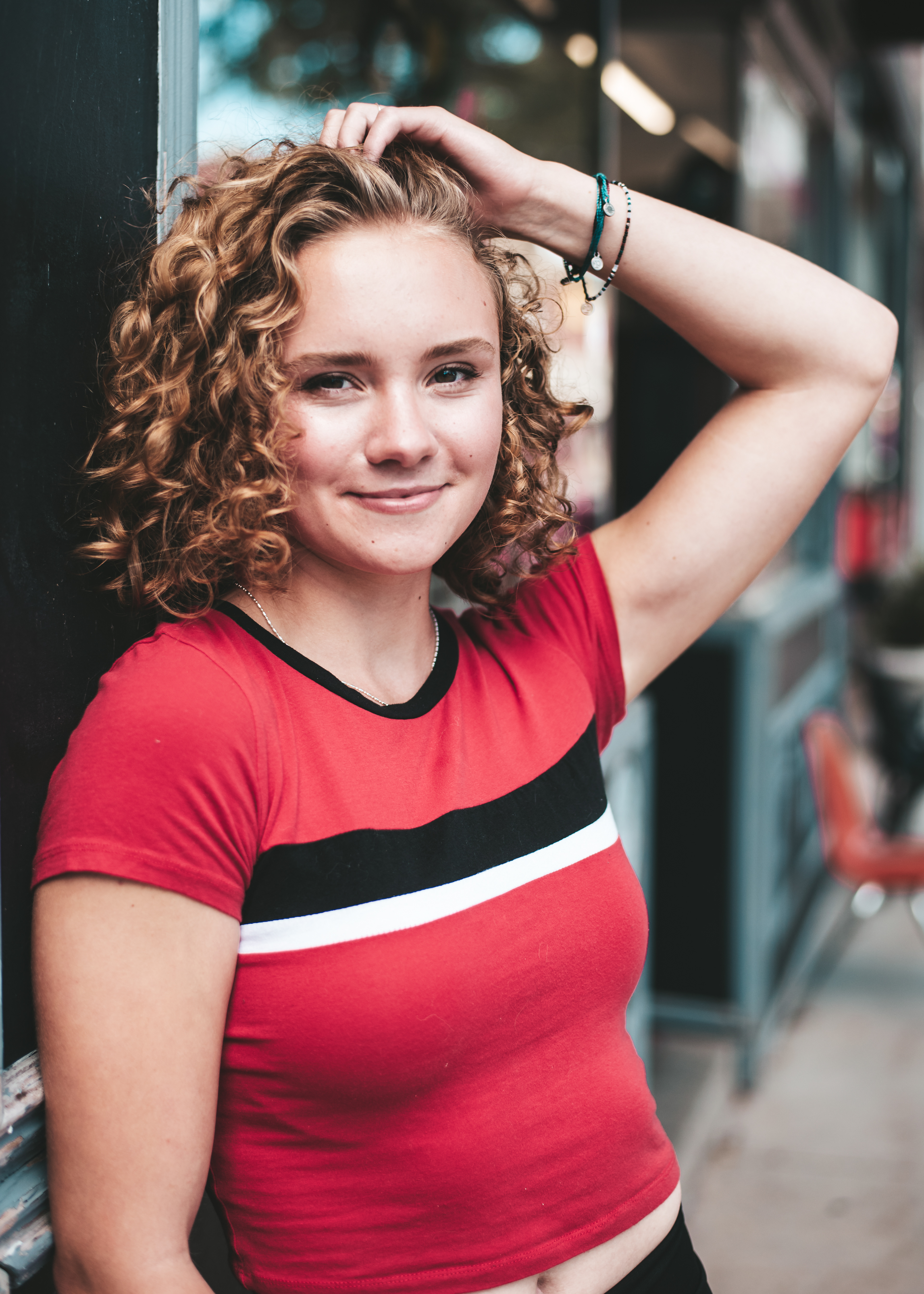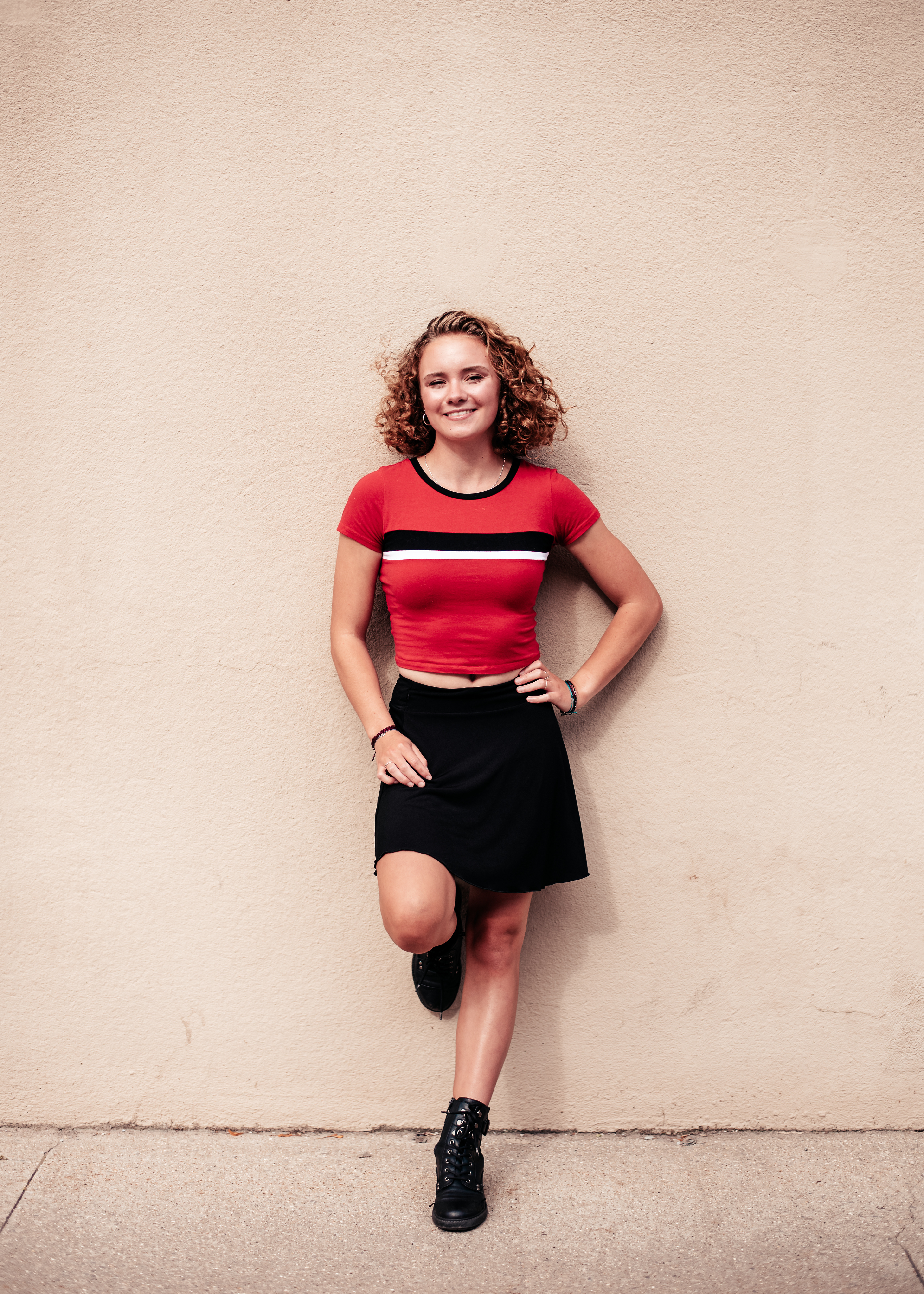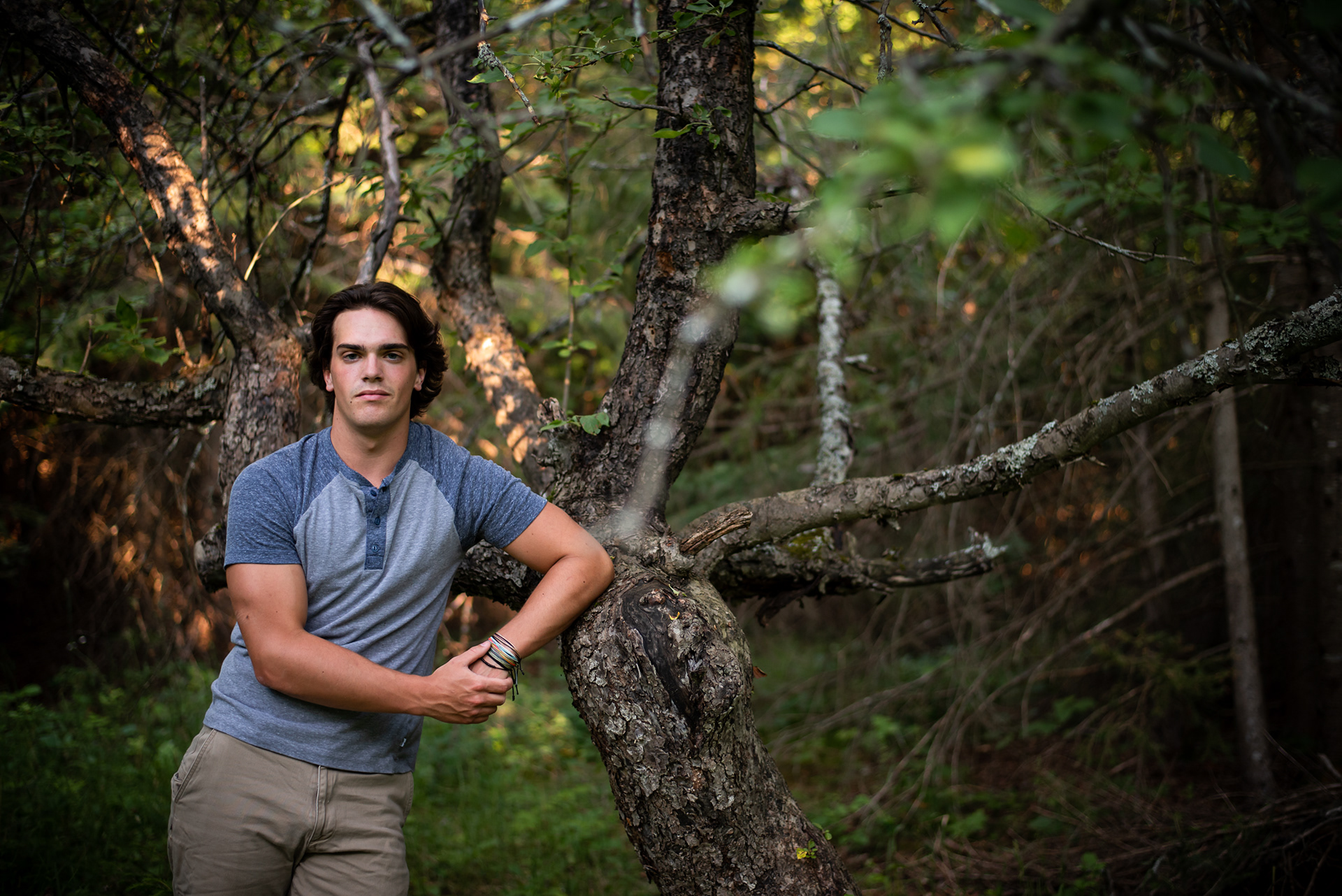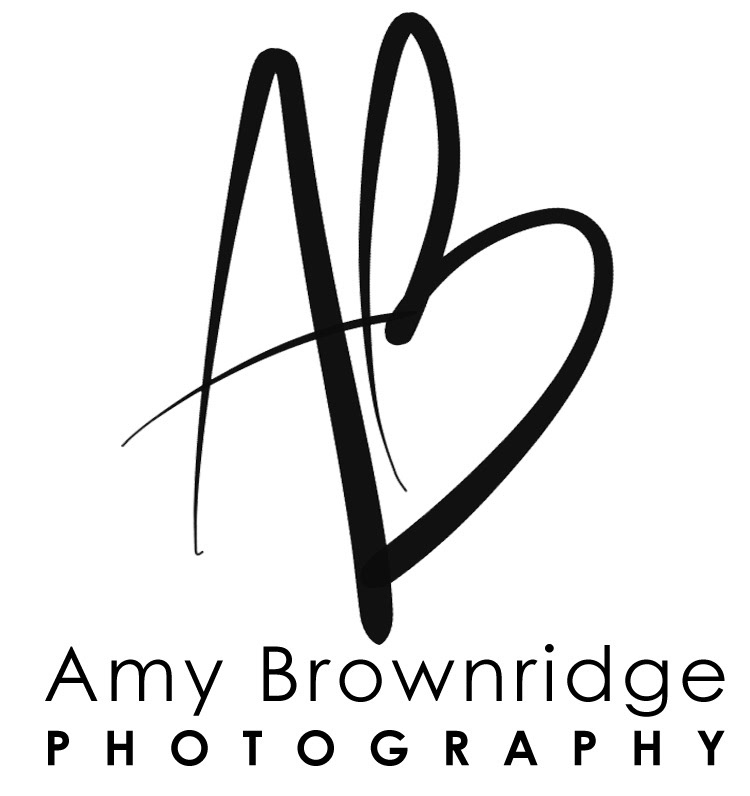You already have a camera, people are asking you to shoot for them, and now you're feeling like it's time to make some cash from this hobby. You can do it, but make sure you plan for some basic expenses beyond your camera, lens and computer.



The Bare Essentials (at least $1500)
Insurance: Depending on your carrier, you can expect to pay $400-600 a year in insurance. Most companies offer equipment insurance (in case of damage or theft), liability insurance (for accident or injury) and indemnification insurance. You might be able to add it on to your exisiting homeowners policy, and many photographers get insurance through PPA.
Backup Gear: Have an extra body, batteries, and memory cards at a minumum. While you can reschedule in case of a gear problem, it's professional to have backup gear on hand. The one situation where backup gear is not optional is for wedding work: those are one time events, and you can not have equipment failure or breakage on that day. Whether you buy or rent, get the backups you need. Cost: $1000 and up.
Backup Drive: Once people pay you for photos, you have to deliver. This is where a backup drive can save you in case of a hard drive malfunction. It's a case of better safe than sorry. I use an external drive to backup all client files and my Lightroom catalog. They range in price, starting around $50.


Non-essential, but Important
Lighting: Either you are going to only accept jobs that happen in nice ighting, or you're going to learn to make your own. As a professional, you can't give a client bad images with the excuse of "that place had bad lighting." You have to produce professional images in any location or lighting scenario. Many photographers do use only available light, but the flexibility and assurance of being able to add light if needed is worth it. A bare minimum is a reflector, but consider adding at least a speedlight. If you're indoors you can bounce it. For more control and versatility of off camera flash, you'll add a trigger, a stand and simple modifier to your kit. For around $150 you can get an inexpensive speedlight, trigger, stand and umbrella. I started out with two Yongnuo lights, which were about $60 each, and a reflective umbrella. It's not fancy, but it saved the shoot more than once.
Gallery Hosting: You can deliver images via email, dropbox, or other free channels, but if you'd like to offer a gallery system, with or without an integrated storefront, budget for that. Pixieset, Shootproof, and PicTime are popular services, each offering subscriptions ranging from free (limited storage/features with comissions), to a couple hundred dollars annually.
And Finally, Time savers.
When you're first starting out with client work, you might only have a few sessions a year, and so you have more time to spend. Once your bookings increase, you'll need to streamline your systems.
Monitor Calibration: xRite Color Checker Before this, I would edit my images largely by number- I learned to balance skin and trust the rgb values more than my eyes. Then, to double check for correctness, I'd double and triple check on different screens before printing. Now that I calibrate my monitor, I save so much time and get better images. It's a small price to pay.
A CRM + Workflow system: I operated for years without one, but since making the switch, my life, my bookings, and my clients' experience is so much better. There are options out there, but HoneyBook is my choice. If you use this link, you get a 50% discount on your subscription, and a 30 day free trial. I tried the DIY route, but with templates for emails, contracts, proposals, brochures, integrated online payment and an automated workflow, the HoneyBook system streamlines everything.
Professional Memberships: Whatever organization you choose, choose one. Being part of a professional community is important in any industry. You can find facebook groups and professional organizations: I am a member of both PPA and Click Pro, as well as several free online communities, and they ALL have been invaluable in their own way.
Continuing Education. The thing about business and art is that neither has limits- and both are always offering new challenges. Publications, forums, and online education are everywhere: This year, I splurged on the Creator's Pass from Creative Live, and a Phlearn membership. Both are great- the biggest challenge is finding time to access the content.
